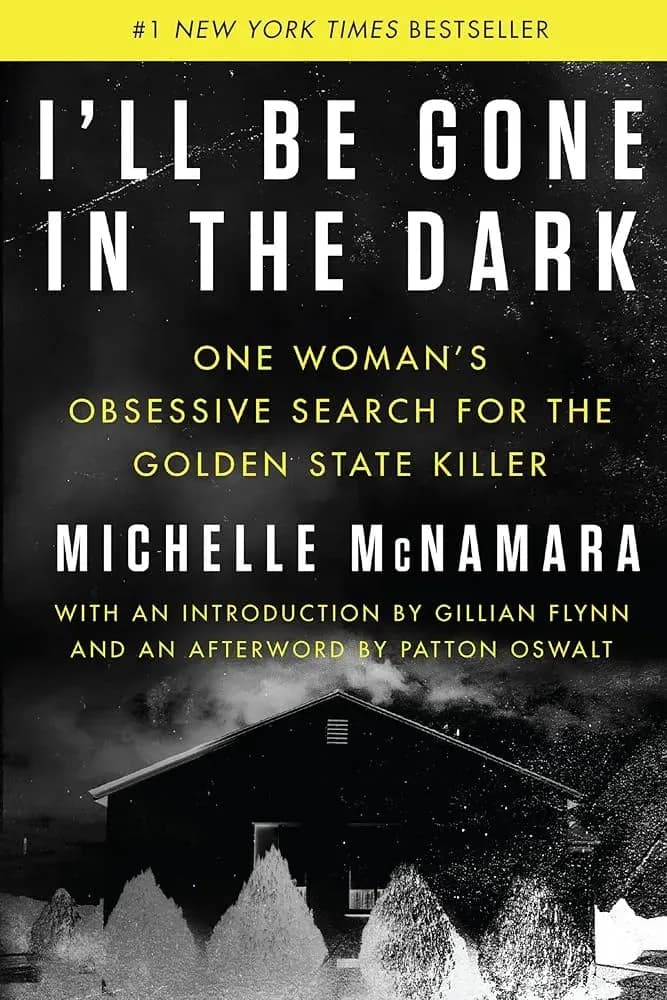
Crime scene
From first clue to trial – the key to solving crimes
What makes a crime scene so central? Discover how investigators secure clues, analyze evidence, and why it's the key to justice.
From first clue to trial – the key to solving crimes
Defining a crime scene: Why is it a clue goldmine?
Within criminology and true crime, a crime scene is defined as the specific physical area where a crime has occurred, or where key evidence and clues related to the crime can be found. It is often the focal point of the initial investigation—a place that potentially holds the key to uncovering the sequence of events and identifying the perpetrator. From microscopic fibers and potential DNA evidence to visible bloodstains or discarded weapons, a crime scene can be a true goldmine of information for investigative work, yet it is also an extremely vulnerable environment where crucial evidence can quickly be destroyed, contaminated, or irretrievably lost.
Forensic puzzle: How clues reveal perpetrator methods
Properly securing and meticulously conducting a forensic examination of a crime scene are therefore fundamental to virtually every criminal investigation. Forensic technicians work methodically to document, collect, and analyze physical evidence – which can range from discarded weapons to biological traces like DNA evidence – that could potentially link a perpetrator to the scene or a victim, reveal the crime's modus operandi (the perpetrator's method of operation), or corroborate or refute witness statements. Every detail, from a latent fingerprint on a doorknob to the placement of objects, can be a vital piece in the complex puzzle investigators assemble. Understanding the crime scene's dynamics – how the perpetrator interacted with the surroundings – is critical for reconstructing the precise sequence of events and ultimately contributing to solving the case.
The evidence trail start: Crime scene findings matter
The significance of the crime scene extends far beyond the initial investigation. This is typically where the evidence trail begins, and the discoveries made – such as biological traces like DNA evidence or technical evidence from a weapon – can be crucial to the outcome of a subsequent trial. The collected evidence, the analysis of which often involves expertise in fields such as forensic medicine, must be able to withstand critical legal scrutiny and be presented convincingly to a court or jury. Although a crime scene may initially appear chaotic, to the experienced investigator and forensic technician, it is a canvas that, when read correctly, can reveal the truth behind a crime and thus play a central role in the pursuit of justice in true crime cases.
Did this spark your interest? See how clues at a crime scene have solved everything from burglaries to murder mysteries. Dive into real-life crime scene cases – find our exciting cases below.
Posts Tagged “Crime scene”
50 postsShowing first 20 of 50 posts. Use search or filters to find more.



.webp&w=3840&q=75)

.webp&w=3840&q=75)






.webp&w=3840&q=75)


.webp&w=3840&q=75)



